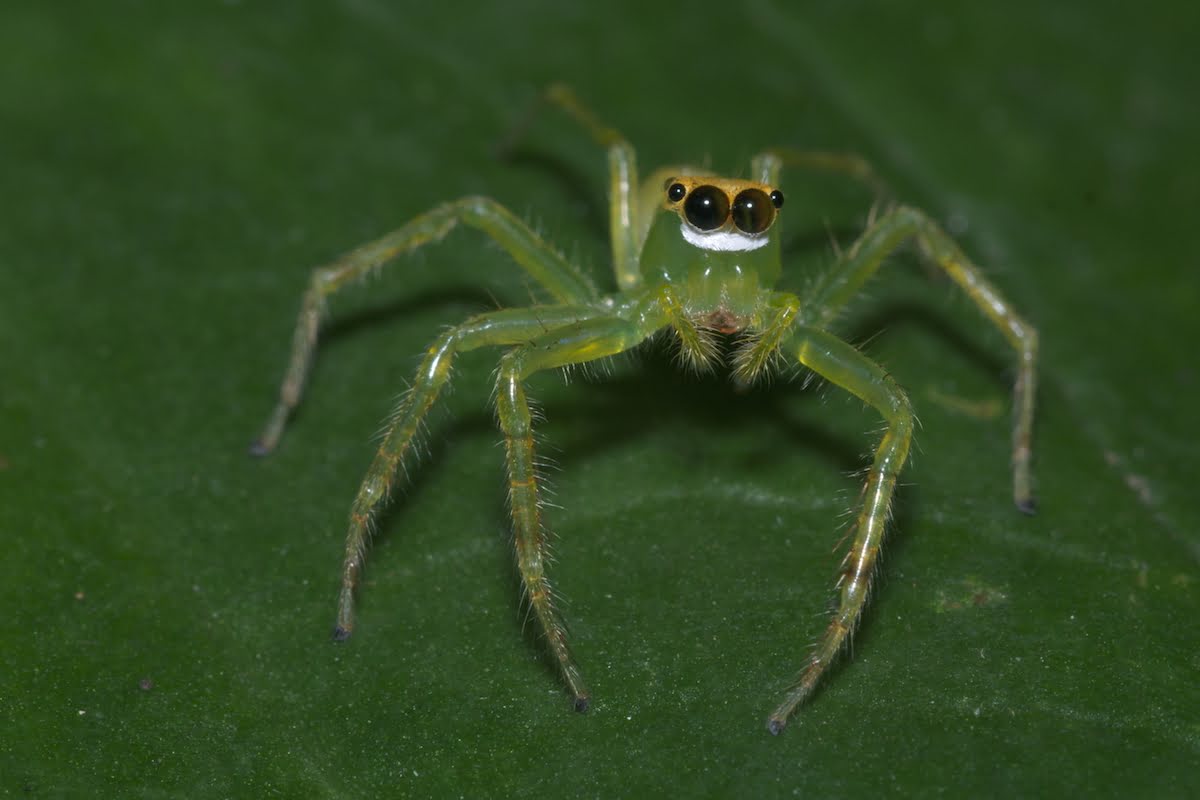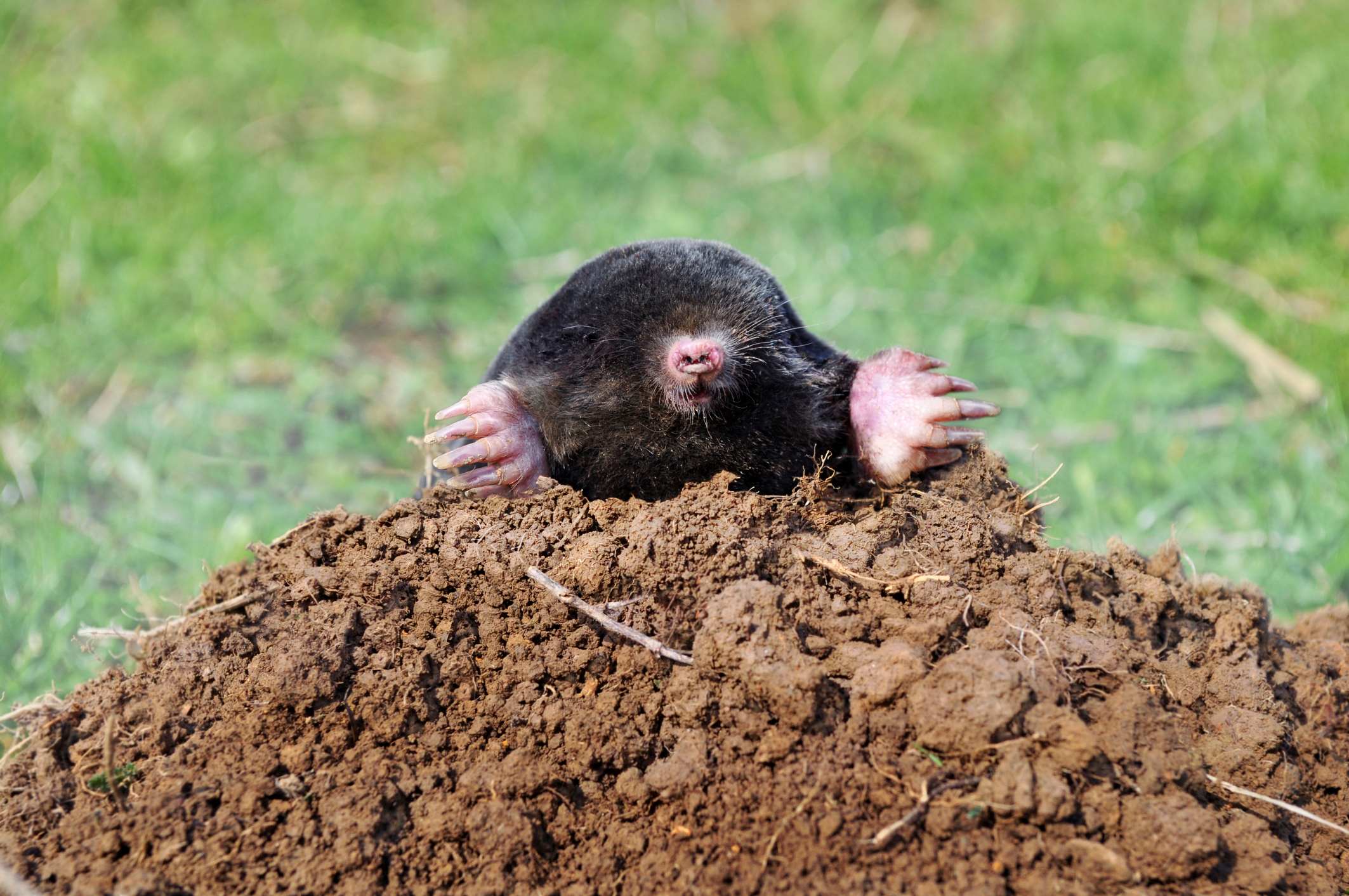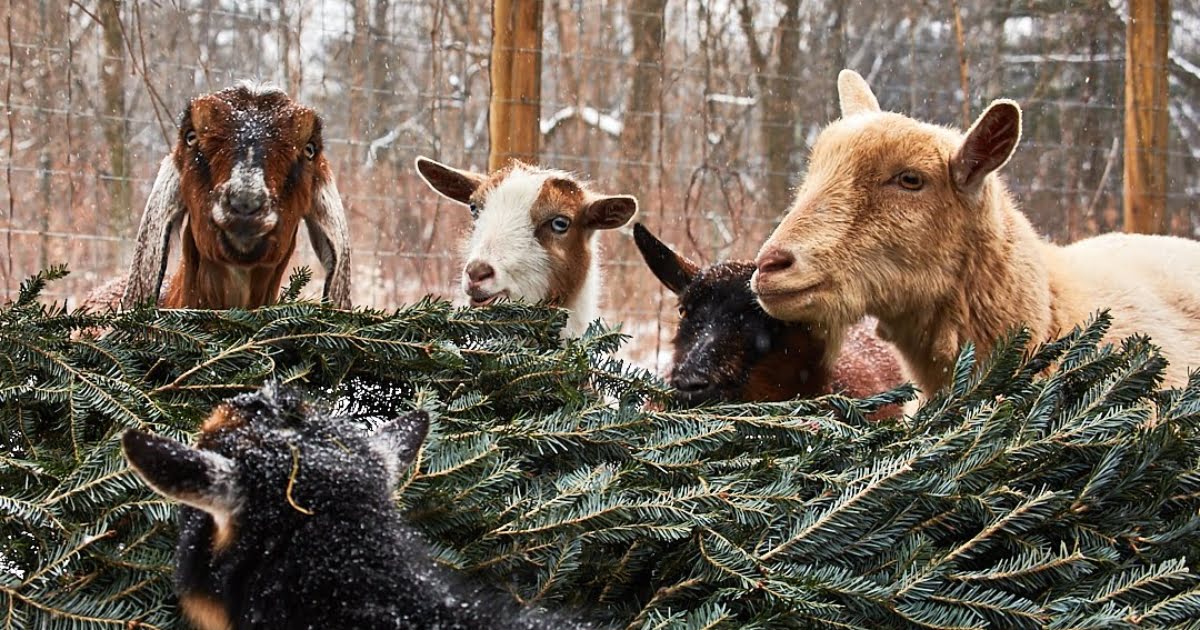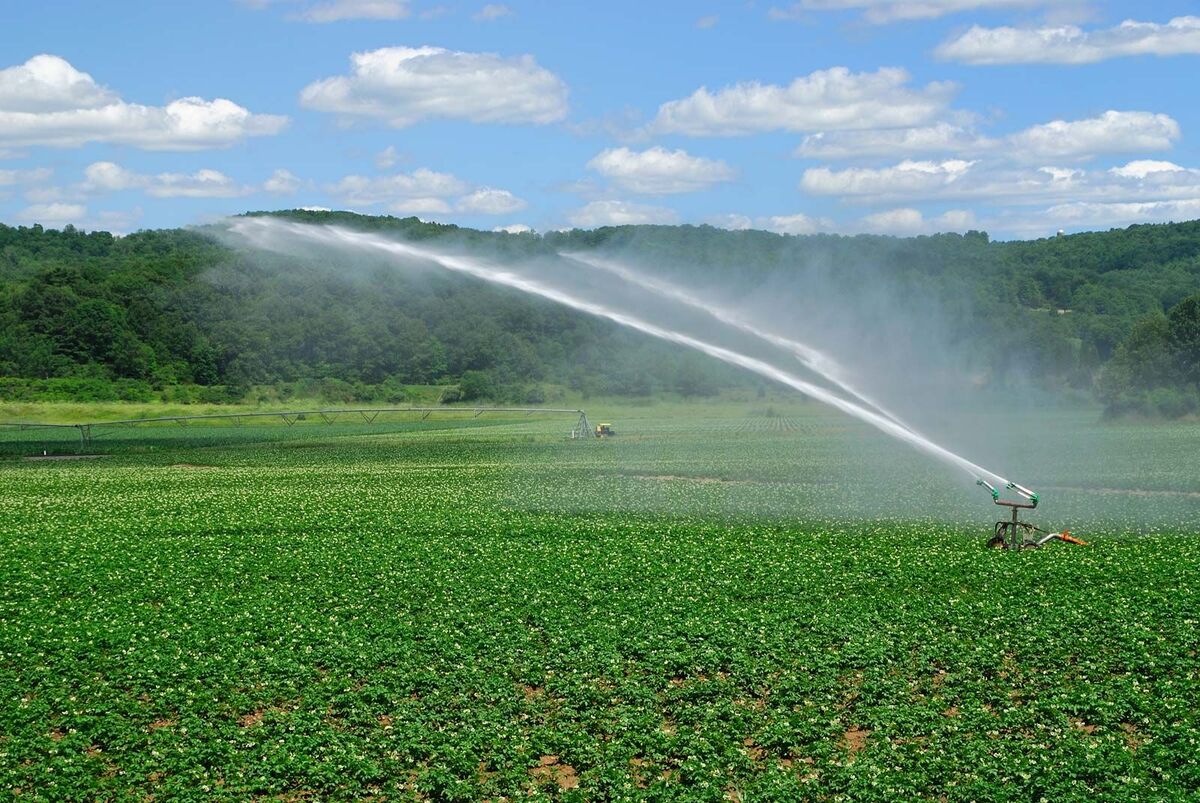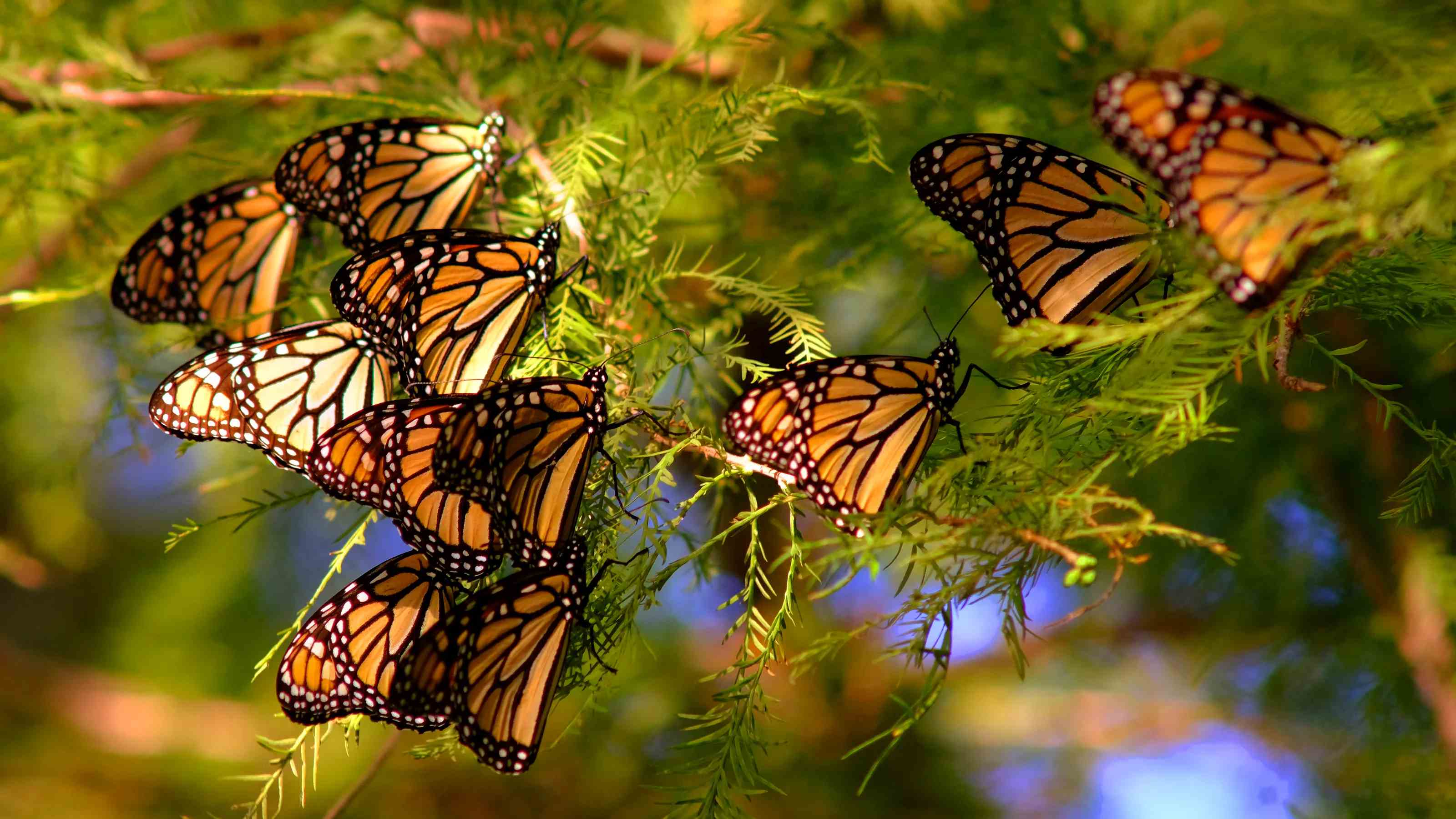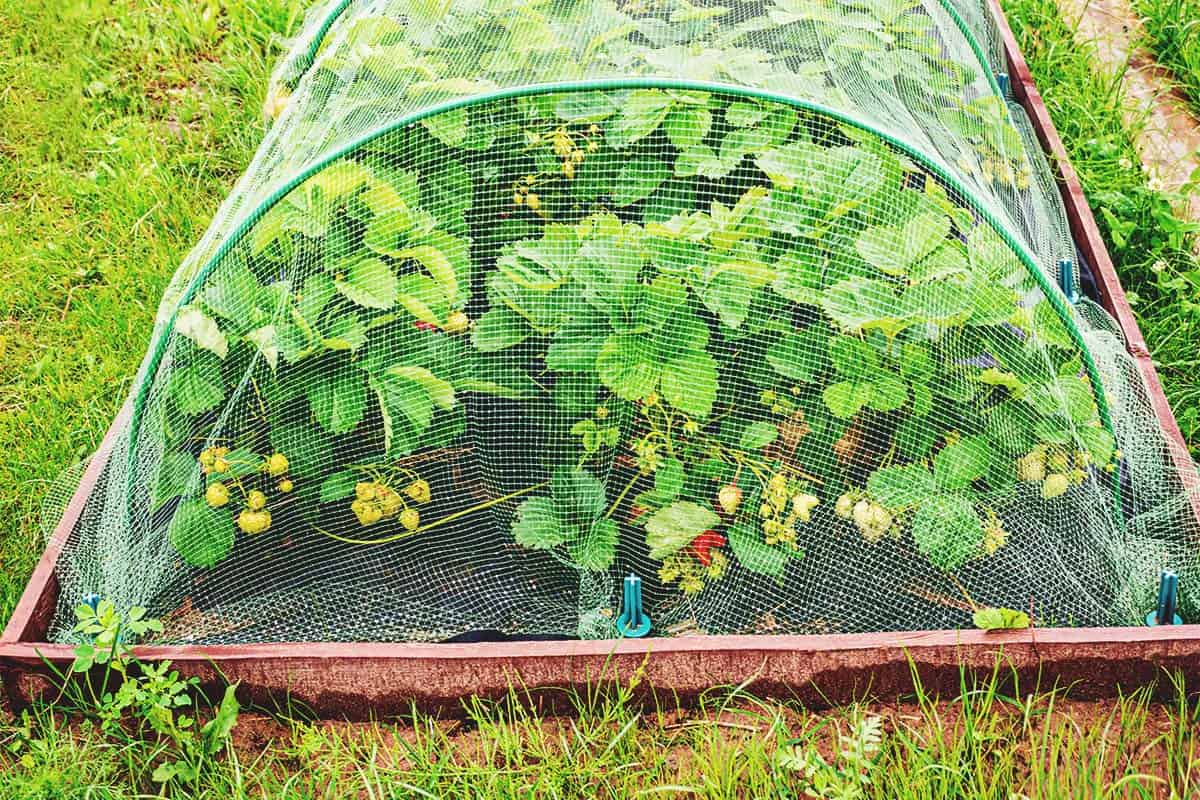Home>Gardening News and Trends>Latest News>What Percentage Of Animals Are Insects
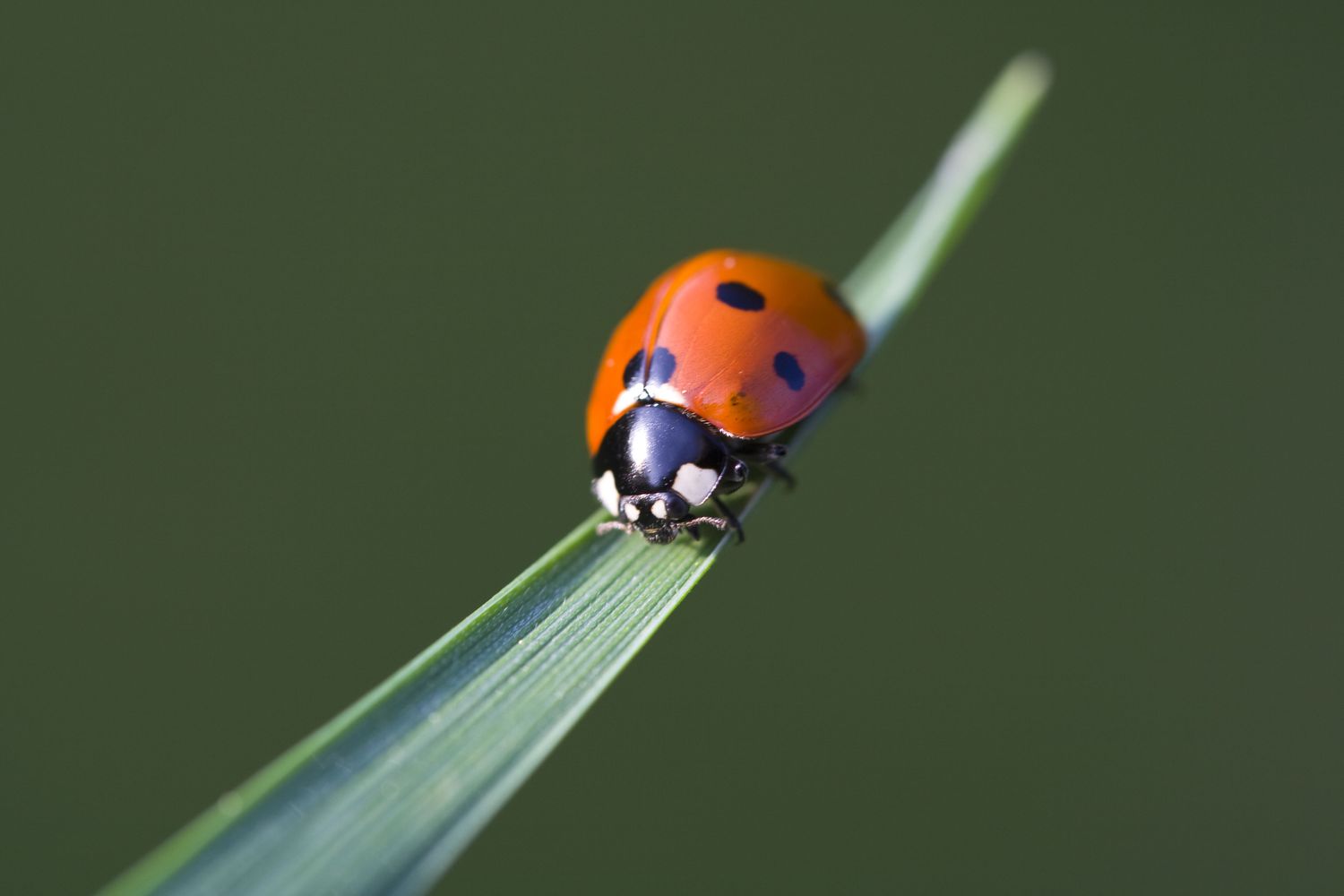

Latest News
What Percentage Of Animals Are Insects
Modified: January 22, 2024
Find out the latest news on what percentage of animals are insects. Explore the fascinating world of insects in our comprehensive article.
(Many of the links in this article redirect to a specific reviewed product. Your purchase of these products through affiliate links helps to generate commission for Chicagolandgardening.com, at no extra cost. Learn more)
Table of Contents
Introduction
Welcome to the fascinating world of insects! From the smallest ants to the colorful butterflies, insects are a diverse and abundant group of animals. In fact, they make up the largest class of organisms in the animal kingdom, with over a million identified species and many more yet to be discovered. But have you ever wondered just how many insects there are compared to other animals? In this article, we will delve into this intriguing question and explore the percentage of insects in the animal kingdom.
Insects play a crucial role in our ecosystems and have a significant impact on our daily lives. They serve as pollinators for plants, helping to ensure the production of fruits, vegetables, and other crops. They also act as natural pest controllers, keeping populations of other insects in check. In addition, insects are an essential food source for many animals, including birds, reptiles, and amphibians. Without insects, our world would be vastly different and the balance of nature would be disrupted.
Estimating the total animal population on Earth is a challenging task. With so many different species, habitats, and ecosystems, it’s nearly impossible to count each individual organism. However, scientists use various methods and extrapolations to estimate the overall numbers. By studying and monitoring different ecosystems, they can make educated guesses about the total number of animals.
But when it comes to determining the percentage of insects in the animal kingdom, things become even more complex. Insects have an incredible ability to adapt and thrive in diverse environments, from the depths of the ocean to the highest mountaintops. Their population sizes can vary greatly depending on the habitat and the availability of resources. Therefore, calculating the exact percentage of insects in relation to other animals poses a considerable challenge.
Several factors influence insect populations, such as climate change, habitat loss, pollution, and human activities. Changes in temperature and precipitation patterns can impact their reproductive cycles and food sources. Deforestation and urbanization can destroy their habitats, leading to a decline in populations. Pesticides and pollutants can also have detrimental effects on insect life.
In the following sections, we will delve deeper into the estimation of the total animal population and explore how scientists determine the percentage of insects in the animal kingdom. We will also discuss the factors that influence insect populations and the importance of preserving their habitats. So let’s embark on this enlightening journey to discover the incredible world of insects and their role in the animal kingdom.
Importance of Insects in the Animal Kingdom
Insects play a vital role in the intricate web of life within the animal kingdom. Their sheer abundance and diversity make them indispensable to the functioning of ecosystems worldwide. Let’s explore why insects are so important and how they contribute to the overall balance of nature.
First and foremost, insects are crucial pollinators. As they feed on nectar, pollen sticks to their bodies and is transferred from one flower to another, aiding in the reproduction of flowering plants. This process is essential for the production of fruits, seeds, and nuts, which not only sustains plant populations but also provides food and resources for countless other animals, including humans.
In addition to pollination, insects are instrumental in the decomposition of organic matter through their feeding habits. Many insects, such as beetles and flies, break down dead plants and animals, returning valuable nutrients to the soil. This process is vital for nutrient cycling and plays a significant role in maintaining healthy ecosystems.
Furthermore, insects are a crucial source of food for other animals. They form the foundation of the food chain, serving as prey for numerous species, including birds, reptiles, amphibians, and mammals. Insect-eating animals, known as insectivores, rely heavily on these small creatures for their survival. Without insects, many animals would struggle to find adequate food sources, leading to cascading effects on the entire ecosystem.
Some insects even provide direct benefits to humans. For example, honeybees are essential in pollinating crops, contributing to agricultural productivity and ensuring food security. Additionally, certain species of insects, such as silkworms, are commercially valuable for the production of silk. Insects also play a vital role in scientific research, providing valuable insights into genetics, behavior, and ecology.
However, it is important to note that not all insects are beneficial. Some can be pests, damaging crops, and causing economic losses. While it is crucial to manage pest populations, it is equally important to recognize the overall value that insects bring to ecosystems and strike a balance between control measures and conservation efforts.
By understanding and appreciating the importance of insects in the animal kingdom, we can develop a greater sense of stewardship and implement effective conservation strategies. Preserving insect habitats, reducing pesticide use, and promoting sustainable farming practices are some ways in which we can protect these vital organisms and ensure the health and well-being of our ecosystems.
Estimating the Total Animal Population
Estimating the total animal population on Earth is a formidable task due to the vast diversity of species and the sheer scale of the planet. Nevertheless, scientists employ various methods and techniques to approximate these numbers and gain insights into the global animal population.
One common approach is the use of statistical sampling. Scientists select specific study sites, such as forests, grasslands, or oceans, and conduct thorough surveys to determine the abundance and distribution of animals in those areas. By extrapolating the data from these sample sites, researchers can estimate the population size for larger regions or even the entire globe.
Technological advancements have also contributed to estimating animal populations. For instance, satellite imaging allows scientists to survey large areas and track the movements of migratory species. DNA analysis and genetic studies help identify and track populations that may be difficult to observe directly. Infrared camera traps provide valuable insights into the secretive lives of nocturnal or elusive animals.
Researchers also utilize mathematical models and algorithms to estimate animal populations. By factoring in variables such as birth and death rates, reproduction patterns, and habitat suitability, scientists can make educated predictions about population sizes and changes over time. However, it should be noted that these models are based on assumptions and may have inherent limitations.
It’s important to recognize that estimating the total animal population is an ongoing process, and our understanding of these numbers is continually evolving. New species are continually being discovered, while others become extinct, making it essential to continually update and refine our estimations.
In recent decades, scientists have made significant progress in estimating the populations of larger animals, such as mammals, birds, and reptiles. However, the task becomes more challenging when it comes to smaller organisms, such as insects. With their vast numbers and incredible diversity, counting every individual is nearly impossible.
To estimate insect populations, scientists use a combination of methods, including trapping, sampling, and citizen science initiatives. They set up specialized traps and collect insects over a certain period to get an idea of their abundance in a specific area. Sampling techniques, such as mark and recapture, allow scientists to estimate population sizes based on the number of marked individuals encountered in subsequent surveys.
It’s important to note that estimating the total animal population will never yield precise numbers. However, these estimates provide valuable baseline data and insights into the health of ecosystems. They allow scientists and conservationists to monitor population trends, identify species at risk, and develop targeted conservation strategies to protect biodiversity.
Discovering the Percentage of Insects in the Animal Kingdom
Determining the exact percentage of insects in the animal kingdom is a challenging task due to the vast number of species and the difficulties in accurately estimating their populations. However, scientists have developed various methods to gain insights into the proportion of insects compared to other animals.
One approach is to study specific ecosystems and analyze the biodiversity within them. By examining the species composition and abundance of different animal groups, scientists can estimate the relative representation of insects. For example, in a tropical rainforest, insects may account for a significant portion of the animal population, while in other ecosystems like the deep sea or polar regions, insects may be less prevalent.
In addition to ecological studies, scientists also rely on data from comprehensive biodiversity surveys conducted worldwide. These surveys involve collecting and cataloging specimens across various habitats and regions, providing valuable information about the relative abundance and diversity of different animal groups, including insects.
Another method to estimate the percentage of insects in the animal kingdom is through DNA barcoding. DNA barcoding involves sequencing a standardized segment of an organism”s DNA to identify and classify species. This technique allows researchers to rapidly identify and quantify different animals, including insects, and analyze their ratios in ecosystems.
Additionally, citizen science programs have played a crucial role in gathering data on insect populations. These initiatives involve volunteers in collecting and reporting insect observations, contributing to a broader understanding of species distributions and abundance. Through citizen science efforts, scientists can obtain data from a wide range of locations and habitats, helping to build a more comprehensive picture of the percentage of insects in the animal kingdom.
While these methods provide valuable insights, it is important to recognize that the percentage of insects in the animal kingdom can vary greatly depending on the specific ecosystem, geographic location, and other environmental factors. In some environments, such as tropical rainforests or grasslands, insects may make up a significant proportion of the animal population. In contrast, in extreme environments like deserts or polar regions, the percentage of insects may be relatively lower.
Furthermore, it is essential to consider the vast diversity of insect species when discussing their representation in the animal kingdom. Insects encompass a wide range of forms, from beetles and butterflies to ants and bees. Each of these groups has distinct ecological roles and population dynamics, contributing differently to the overall percentage.
Overall, while precise quantification of the percentage of insects in the animal kingdom remains a challenge, the scientific community continues to make progress through various research initiatives and technological advancements. By combining ecological studies, DNA analysis, citizen science efforts, and comprehensive biodiversity surveys, scientists can piece together a better understanding of the remarkable diversity and importance of insects in the animal kingdom.
Factors Affecting Insect Populations
Insect populations are influenced by various factors, including natural processes, environmental changes, and human activities. Understanding these factors is crucial for preserving insect biodiversity and ensuring the health of our ecosystems. Let’s explore some of the key factors that impact insect populations.
Climate plays a significant role in shaping insect populations. Changes in temperature and precipitation patterns directly affect their development, reproduction, and survival. For example, warmer temperatures can speed up the maturation process, leading to shorter life cycles and increased population growth. On the other hand, extreme weather events such as droughts or heavy rains can disrupt breeding and feeding patterns, impacting insect populations.
Habitat loss and fragmentation are major threats to insect populations. As natural habitats are converted for urbanization, agriculture, or other human activities, insects lose their homes and food sources. Fragmented habitats can also isolate populations, reducing gene flow and increasing the risk of local extinctions. Preserving and restoring diverse habitats, including forests, wetlands, and grasslands, is crucial for maintaining healthy and robust insect populations.
Pesticides and pollutants pose significant risks to insect populations. The use of pesticides in agriculture and other industries can kill or harm non-target insects, impacting both pest species and beneficial insects. Additionally, pollutants such as chemicals, heavy metals, and air pollution can accumulate in insect habitats, affecting their growth, reproduction, and overall health. Implementing sustainable agricultural practices, reducing pesticide use, and controlling pollution are essential for protecting insect populations.
Invasive species pose a serious threat to native insect populations. When non-native species are introduced to new habitats, they can outcompete native insects and disrupt ecological relationships. Invasive insects can become pests, causing damage to crops, forests, or natural ecosystems. Monitoring and managing invasive species is crucial for preventing the decline of native insect populations.
Changes in land use and agricultural practices also impact insect populations. The intensification of agriculture, with the use of monocultures and the removal of hedgerows and other natural elements, reduces the availability of diverse habitats and food sources for insects. Additionally, the widespread use of genetically modified crops and the cultivation of insect-resistant varieties can affect non-target insects. Implementing sustainable farming practices, promoting agroecology, and maintaining biodiversity within agricultural landscapes are essential for supporting diverse insect populations.
Finally, the interplay between insects and their predators and parasites can influence their populations. Natural enemies such as birds, bats, spiders, and parasitic wasps help regulate insect populations by preying on or parasitizing them. Changes in predator or parasite populations can have cascading effects on insect population dynamics.
Understanding and mitigating these factors are crucial for maintaining the balance of insect populations. Conservation efforts must focus on preserving and restoring diverse habitats, promoting sustainable agricultural practices, reducing pesticide use, managing invasive species, and minimizing pollution. By preserving the ecological services provided by insects, we can safeguard the health and stability of our ecosystems.
Conclusion
The world of insects is vast and fascinating, with over a million identified species and countless others waiting to be discovered. They are a critical part of the animal kingdom, playing diverse and essential roles in ecosystems around the world. Through pollination, decomposition, and serving as a food source for other animals, insects contribute to the balance and functioning of our natural world.
Estimating the total animal population and determining the percentage of insects within it is a challenging task. Scientists use a combination of methods, including ecological studies, DNA barcoding, and biodiversity surveys, to gain insights into insect numbers. Through these efforts, researchers strive to understand the representation and importance of insects in the animal kingdom.
Various factors influence insect populations and their overall abundance. Climate change, habitat loss, pesticide use, invasive species, and changes in land use and agricultural practices all have significant impacts on insect numbers. Preserving diverse habitats, implementing sustainable farming practices, reducing pesticide use, and controlling invasive species are essential for maintaining healthy insect populations.
As we recognize the importance of insects, it is crucial to develop a sense of stewardship and prioritize their protection. By preserving their habitats, reducing pesticide use, and promoting sustainable practices, we can safeguard insect biodiversity, support ecosystem health, and ensure the continuity of essential ecological services.
Understanding the intricate dynamics of insect populations and their interactions with other organisms is an ongoing endeavor. Continual research and monitoring efforts are needed to refine our knowledge and inform effective conservation strategies. By appreciating the remarkable world of insects and taking action to protect them, we can contribute to the preservation of the wonders of the animal kingdom for generations to come.


